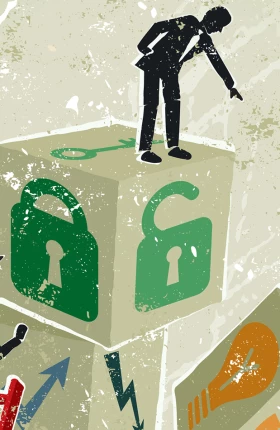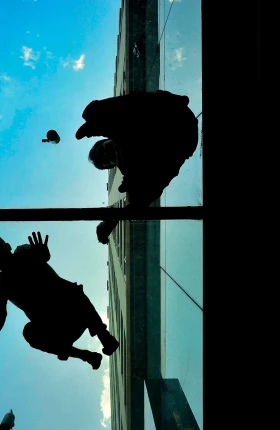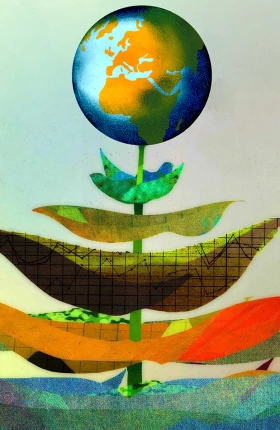Philip Terzian, a prominent Washington journalist, wrote a column earlier this year that every professional should read.
The column details Terzian’s schoolboy struggles with what he calls “the scourge of mathematics.” So bad was his math ineptitude that the prep school he was attending declared him “not college material” and sent him packing.
He moved on, graduated from Villanova University, and has had a long and successful career, including stints at the Los Angeles Times, the Providence Journal, and the Weekly Standard.
Failure is dreaded in much of the world, but it shouldn’t be. If it’s a failing grade due to laziness or lack of effort, it’s not something to celebrate. But if you try something new and fail, you’ve at least shown a willingness to take risks—one of the hallmarks of creativity.
Virtually everyone fails at something at some time; it’s not the end of the world. And it can often be the catalyst that ultimately leads to success. The advice is good in the lead song from the Fred Astaire-Ginger Rogers movie, Swing Time: “Pick yourself up, dust yourself off, start all over again.”
It took Thomas Edison hundreds of tries before he successfully came up with a commercially viable incandescent light bulb. Oprah Winfrey, at age 22, was fired from a television reporting job because she wasn’t right for TV, in the view of her then employer. The Beatles were let go by their first record label. (Hat tip: Business Insider’s 15 People Who Failed Before Becoming Famous .)
The best thing, in my opinion, is to proactively fail. Go big; fall hard. And I’m not alone.
Grey advertising celebrates “failures of daring and audacity” with a quarterly Heroic Failures award. “Better to attempt something astonishing and go down in flames than to gingerly hold back,” the company says. (See Grey’s Culture page .)
In business, challenging who we are, what we do, and how we do it should be an ongoing process. When you stand still, you fall behind.
Consider TV news. The old news format, which prevailed for more than three decades, presented “news” in regularly scheduled, usually 30-minute, packages. Ted Turner believed this concept was outdated. So, in 1980 his Turner Broadcasting System launched Cable News Network (CNN), offering news reports all day long, in real time.
This “new box” for news, which seems obvious today, was by no means guaranteed to succeed. CNN lost money in its first years and was ridiculed for attempting to change people’s perceptions about the news so dramatically. Over time, however, it came to be known for live coverage of events around the world, and regularly scooped other news outlets.
Still, no good idea is good forever, and by the end of the 1990s CNN was struggling to regain a leading share of an industry that more subjective “talk radio” types of television had come to dominate.
Breakthrough creativity requires recognizing and challenging your mental autopilot: the firmly held assumptions and beliefs that box you in, define who you are, and limit what you do. And this applies, even when your business—career, job, company—is doing well. Don’t wait for a crisis to challenge the old and seek out the new.
So the next time things are going swimmingly, remember this: Even when we’re doing well, we need to be creative, put our imagination to work, and try to do something new and better. That is worthwhile regardless of where it leads.
This commentary was originally published online by the Wall Street Journal.






